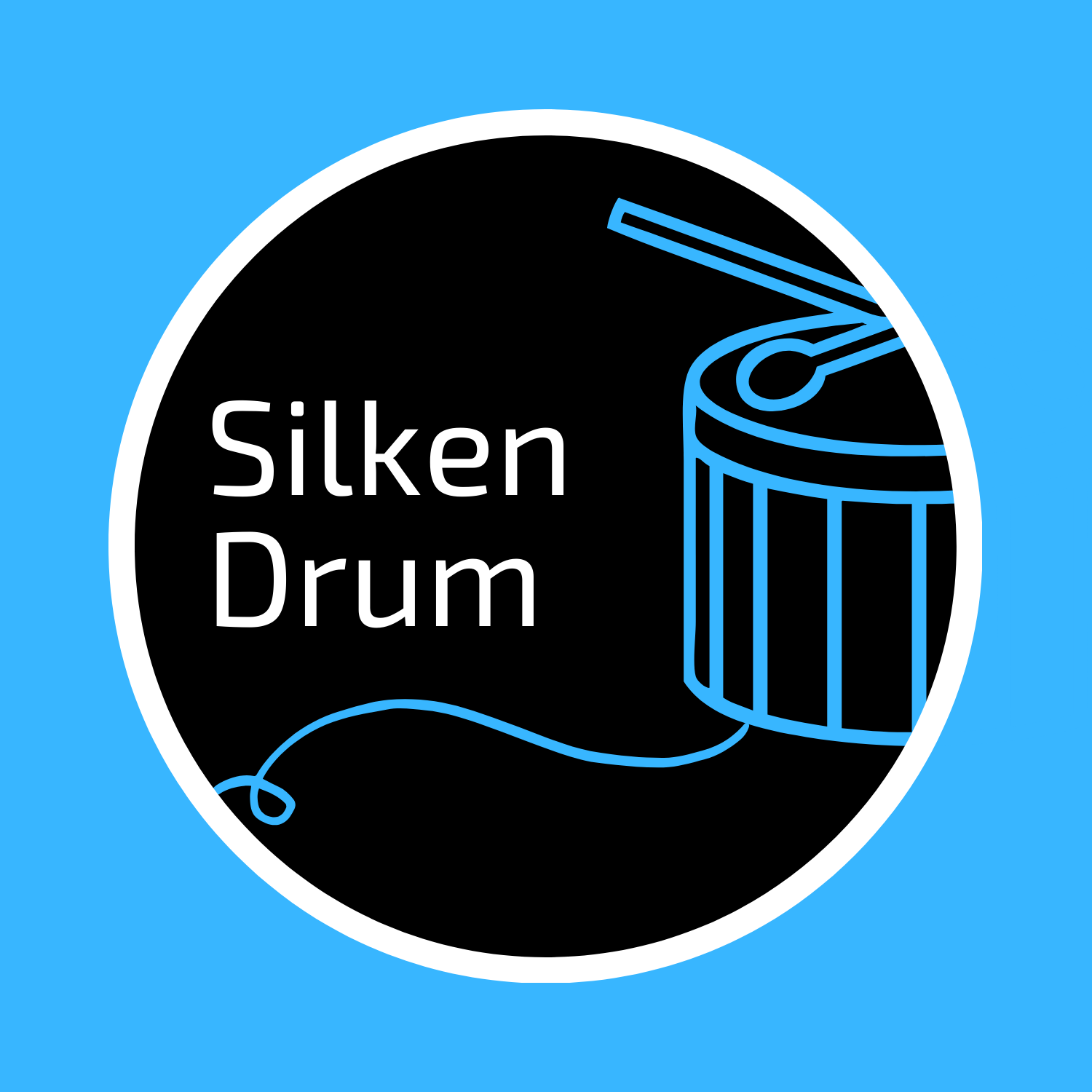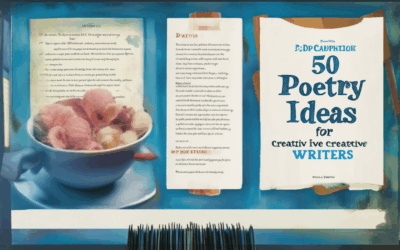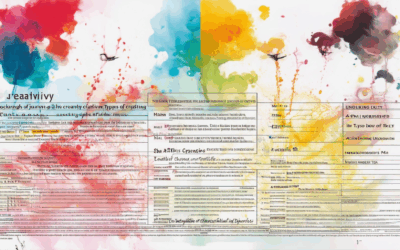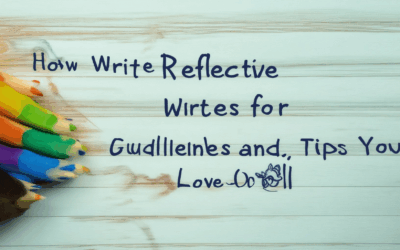The world of writing is a dynamic space where ideas flourish, and communities thrive. For aspiring writers, joining a writing community can be a transformative experience, offering support, inspiration, and guidance along the creative journey. Whether you’re exploring novel writing, poetry, or storytelling, the interplay between community and creativity is undeniable. This article delves into the essence of writing communities, the diverse types of creative writing, and how these groups foster connections and spark ideas. From discovering where writers find their inspiration to understanding the stages of the writing process, we’ll navigate the complexities of navigating the creative journey. By embracing the power of community, writers can unlock new possibilities, refine their craft, and leave a lasting impact on the world.
Key Takeaways
– Building a Writing Community: Consistently share your work, engage meaningfully, host events, leverage social media, collaborate with others, join online communities, encourage interaction, share personal insights, partner with platforms, stay responsive, and continuously learn to foster a thriving community.
– Writers’ Inspiration Sources: Readers gain ideas from diverse literature, personal experiences, imagination, research, community interaction, unique perspectives, and overcoming challenges to create authentic and resonant stories.
– Writing Process Stages: Navigate the four stages—prewriting, drafting, revising, and editing—to produce organized, engaging, and impactful content, enhancing your writing skills and outcomes.

What is a Writing Community?
A writing community is a group of individuals who come together to share their passion for writing, offering support, inspiration, and feedback. These communities can be found both online and offline, providing writers with resources, mentorship, and opportunities to grow their skills and connect with like-minded individuals.
Benefits of Joining a Writing Community
- Support and encouragement from fellow writers
- Access to valuable resources and tools
- Opportunities for collaboration and networking
- Feedback and constructive criticism
- A sense of belonging and shared purpose
Types of Writing Communities
- Online Forums and Groups
- Local Writing Groups or Meetups
- Critique Circles
- Genre-Specific Communities
- Virtual Writing Retreats
How to Find and Join a Writing Community
- Search online for local or online groups
- Join social media groups related to writing
- Attend writing workshops or events
- Look for writing competitions or challenges
- Ask for recommendations from established writers
The Role of Social Media and Networking
Social media platforms like Twitter, Instagram, and LinkedIn have become hubs for writers to connect and share their work. Engaging with other writers through these platforms can lead to collaborations, mentorships, and opportunities to showcase your writing.
Silken Drum is a great place to connect with other writers and explore various writing communities. Our platform offers a supportive environment where you can share your work, participate in discussions, and learn from experienced writers. Visit us today at Silken Drum to join our community and take your writing journey to the next level.
What Are the 7 Types of Creative Writing?
Creative writing encompasses a wide array of styles and genres, each offering unique ways to express ideas, emotions, and stories. Below are seven primary types of creative writing:
- Fiction : This broad category includes various sub-genres such as fantasy, science fiction, mystery, romance, and horror. Fiction allows authors to craft entirely imaginary worlds, characters, and plots.
- Poetry : Poetry is the art of expressing thoughts, feelings, and imagery through words arranged in a structured format. Poets often use rhyme, rhythm, and metaphor to convey meaning.
- Drama : Dramatic writing focuses on developing characters and plotlines to tell a story. Plays, screenplays, and teleplays fall under this category, often aiming to evoke emotional responses from the audience.
- Memoir & Biography : These works focus on real-life experiences and personal narratives. Memoirs are written by the subject themselves, while biographies recount the life of someone else, often in a chronological order.
- Essay & Journalism : Essays are analytical pieces that present arguments or explore topics in depth. Journalism involves reporting on news events, interviewing subjects, and writing articles for publication.
- Hybrid Genres : These combine elements of multiple genres, such as speculative fiction (a mix of science fiction and fantasy) or literary journalism (a blend of narrative and reporting).
Silken Drum celebrates the diversity of creative writing by providing a platform for sharing poetry, short stories, essays, and more. Explore our site to discover inspiration, connect with fellow writers, and participate in community-driven discussions about literature and art.
[Visit Silken Drum](https://silkendrum.com/) to explore more creative writing resources and opportunities.

What is the Idea of Community in the Study of Writing?
The concept of community in the study of writing extends beyond mere collaborative efforts, encompassing a dynamic interplay of shared experiences, mutual support, and collective growth among writers. At its core, a writing community functions as a vital network where individuals connect, inspire, and learn from one another, fostering an environment conducive to artistic development and intellectual exchange.
Building Bridges Through Feedback and Collaboration
Writing communities thrive on constructive criticism and collaborative opportunities. Members often share their work for peer review, providing valuable insights and suggestions that enhance the quality of their writing. This iterative process not only refines individual skills but also strengthens the overall body of work produced by the group. Platforms like Silken Drum exemplify this by offering spaces for writers to showcase their pieces and engage in meaningful discussions.
Cultural and Creative Exchange
Beyond technical improvements, writing communities serve as bridges for cultural exchange. They introduce writers to diverse perspectives, traditions, and storytelling techniques, enriching their creative palettes. This exposure can lead to innovative approaches and cross-cultural collaborations, as seen in the works featured on Silken Drum , which celebrate the power of words across various cultures.
Support and Inspiration
Community also plays a pivotal role in providing emotional support and motivation. The journey of writing can be isolating, and having a community to lean on helps writers stay motivated during challenging phases. Members often offer encouragement, share success stories, and remind one another of the significance of their craft. This camaraderie is a cornerstone of thriving writing groups, as highlighted by the supportive atmosphere fostered by Silken Drum .
Shared Resources and Growth
Writing communities are rich repositories of resources, from workshops and writing guides to contests and publication opportunities. Access to these tools empowers writers to grow their skills and reach broader audiences. Platforms such as Silken Drum curate such resources, making them easily accessible to members who seek to enhance their craft.
The Role of Dialogue and Debate
Engaging in discussions and debates within writing communities sparks critical thinking and innovation. Whether through formal critiques or casual exchanges, these interactions challenge writers to consider new angles and approaches. This dynamic dialogue is evident on Silken Drum , where contributors engage in thought-provoking conversations about literature and writing practices.
In essence, the idea of community in the study of writing is a multifaceted concept that encompasses collaboration, cultural exchange, support, resource sharing, and intellectual debate. It is this interconnected web of relationships and shared experiences that nurtures writers, enriches their craft, and contributes to the vibrancy of literary culture.

How to Build a Community as a Writer
Building a community as a writer requires a combination of dedication, engagement, and strategic efforts. Here’s a step-by-step guide to help you foster a loyal and vibrant community around your writing:
1. Consistently Share Your Work
Regularly update your audience with new content. Whether it’s blog posts, chapters of a book, or short stories, consistency helps establish trust and keeps your community engaged. Share your work on platforms like Silken Drum to connect with like-minded writers and readers.
2. Engage in Meaningful Conversations
Don’t just publish and walk away. Participate in discussions, ask questions, and respond to comments. Show genuine interest in your readers’ thoughts and opinions. This mutual exchange fosters deeper connections and strengthens your community bonds.
3. Host Events or Workshops
Organize virtual or in-person events, such as writing workshops, book clubs, or author meet-and-greets. These gatherings provide opportunities for your audience to interact with you and each other, creating a sense of belonging and shared purpose.
4. Leverage Social Media
Use platforms like Instagram, Twitter, and Facebook to share your writing journey, behind-the-scenes content, and sneak peeks of your work. Engage with followers by responding to messages and comments. Platforms like Reddit and Facebook groups are excellent for connecting with writers and readers.
5. Collaborate with Other Writers
Partner with fellow writers to co-host podcasts, guest blog, or collaborate on projects. Cross-promotion benefits everyone involved and introduces your community to new members while expanding your reach.
6. Join Online Communities
Participate in established online communities such as The Writer’s Circle or Narrative . These platforms offer support, feedback, and networking opportunities that can accelerate your growth and community-building efforts.
7. Encourage Fan Interaction
Host live Q&A sessions, writing contests, or character reveal events. These interactive experiences allow fans to get closer to you and your work, creating a stronger bond within your community.
8. Share Personal Stories and Insights
Write about your experiences, challenges, and successes as a writer. Sharing these personal anecdotes makes you relatable and helps readers connect with you on a deeper level. This authenticity fosters trust and loyalty within your community.
9. Collaborate with Publishers and Platforms
Work with platforms like Silken Drum to showcase your writing and connect with readers. Partnering with publishers or literary organizations can also help amplify your community-building efforts.
10. Stay Responsive and Gracious
Always respond to feedback, reviews, and messages with kindness and professionalism. Acknowledging your community’s input shows that you value their opinions and reinforces your role as a trusted member of the group.
11. Keep Learning and Growing
Continuous improvement is key to long-term success. Attend writing conferences, take classes, and seek feedback from peers and professionals. A growing writer brings fresh perspectives and energy to your community.
By consistently applying these strategies, you’ll not only grow your writing skills but also cultivate a thriving, supportive community around you. Remember, building a community takes time and effort, but the rewards far outweigh the labor.
Where Do Writers Get Their Ideas?
Writers gain inspiration from a variety of sources, each contributing uniquely to their creative process. Here’s a breakdown of common avenues where writers find their ideas:
- Reading and Exploration : Exposure to diverse literature, whether through books, articles, or podcasts, broadens a writer’s perspective. Different genres, cultures, and writing styles inspire new concepts and approaches.
- Personal Experiences : Many writers draw from their own lives. This includes everyday observations, meaningful conversations, or significant life events, which often evolve into relatable narratives.
- Imagination and Creativity : A writer’s imagination is a powerful tool. They can craft entirely new worlds, characters, or scenarios, allowing them to explore ideas that don’t exist in reality.
- Research and Study : To add authenticity, writers may conduct extensive research on specific topics, such as history, science, or culture, which enriches their storytelling with precise details.
- Community and Audience Interaction : Engaging with readers or fellow writers can provide valuable feedback and insight. Understanding audience preferences helps shape content that resonates deeply.
- Unique Perspectives : Successful writers often bring fresh viewpoints to familiar subjects, offering innovative takes that capture attention and stand out in the market.
- Overcoming Challenges : The journey of writing itself, including facing rejection or pushing boundaries, can inspire growth and innovation, leading to more robust and impactful work.
By combining these elements, writers create stories that are both original and meaningful, captivating audiences with their unique visions.

What Are the Four Stages of Writing?
The writing process consists of four primary stages, each serving a unique purpose in creating effective content. Understanding these stages can help writers refine their craft and produce high-quality work.
- Prewriting :
This stage involves planning and organizing ideas before writing. Prewriting helps writers clarify their thoughts and structure their content effectively. Techniques include brainstorming, freewriting, and outlining to ensure a clear direction for the writing process. - Drafting :
In this phase, writers translate their ideas into a coherent draft. Drafting is about getting words down on paper, capturing the essence of the planned content. It’s important to focus on clarity and flow during this stage, allowing for later revisions. - Revising :
Revision is the process of refining the draft to improve its quality. This stage involves editing for grammar, syntax, and coherence. Feedback from peers or editors can be invaluable during this phase, helping writers identify areas for improvement. - Editing :
Editing focuses on the final polish of the document. It includes checking for mechanical errors, proper formatting, and consistency in style. Fact-checking and ensuring accuracy are critical aspects of this stage.
By mastering these stages, writers can create content that is well-organized, engaging, and impactful. Whether you’re crafting a blog post, an essay, or a story, understanding the writing process ensures your work meets its full potential.
For resources and tools to enhance your writing journey, visit Silken Drum and explore our comprehensive guide on writing techniques and community-driven discussions.




0 Comments